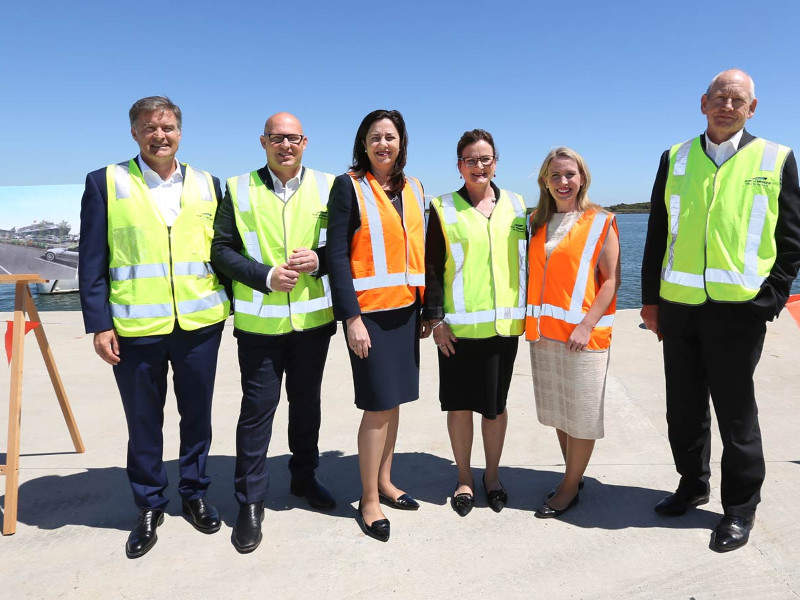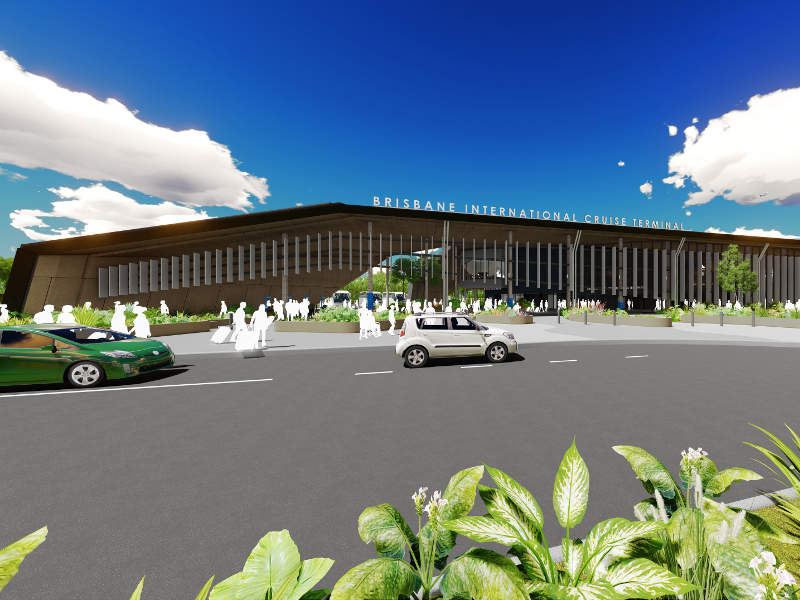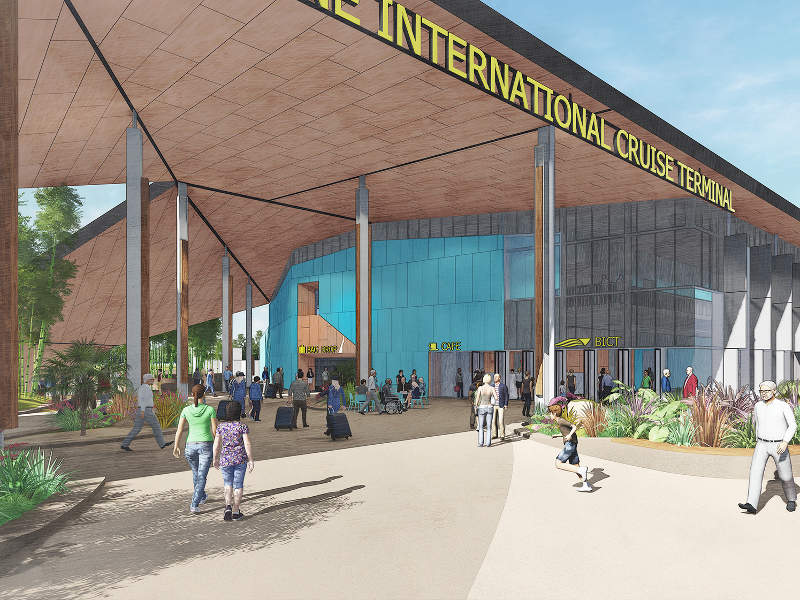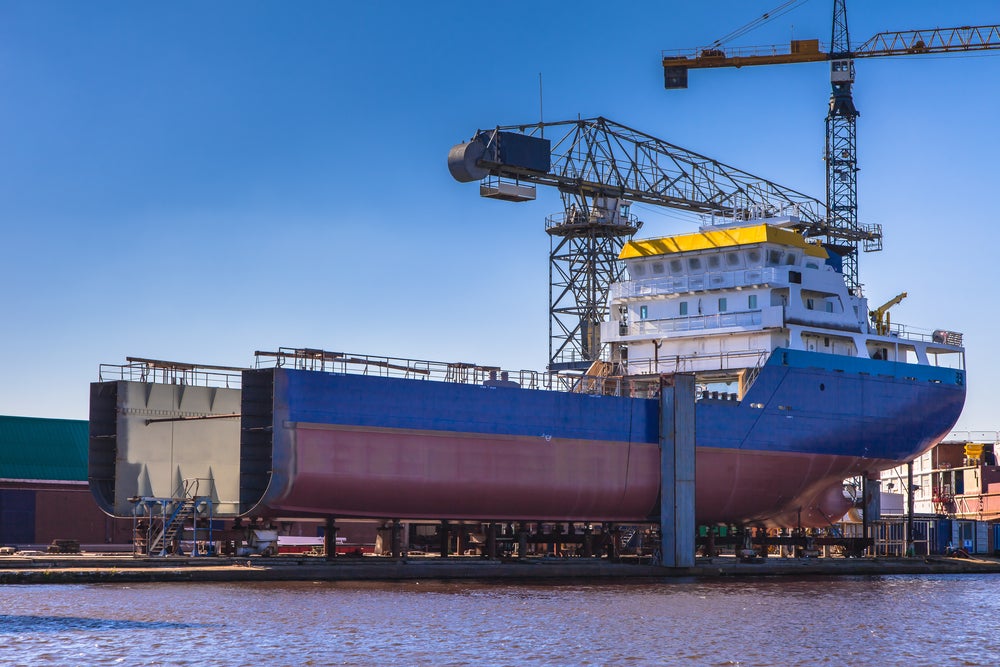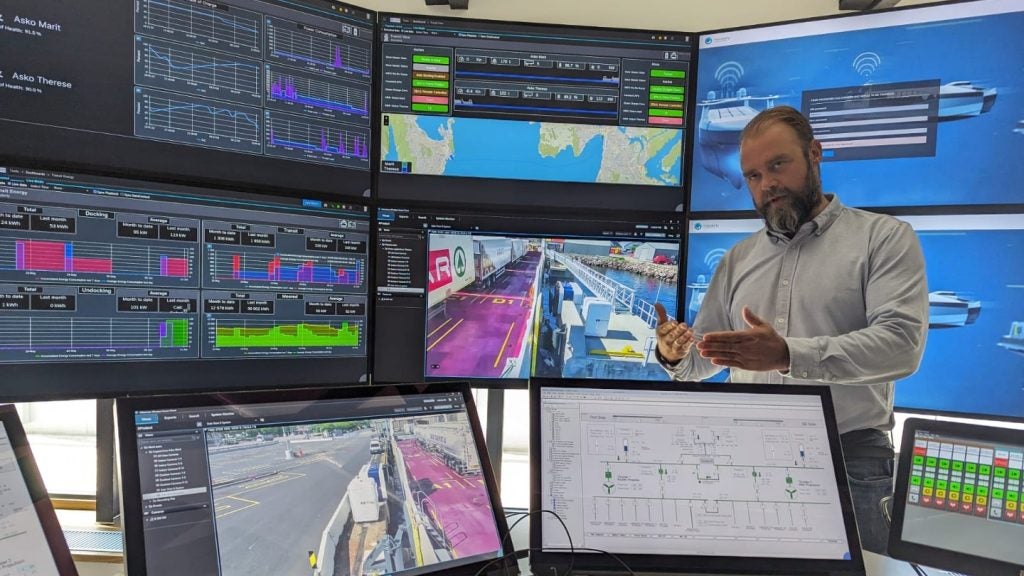The new Brisbane International Cruise Terminal (BICT) is being built at Brisbane port in Queensland, Australia and will be located at Luggage Point on the northern side of the Brisbane River.
The new cruise ship facility will be able to accommodate the world’s biggest cruise ships. It will become a gateway to the south-east and offer regional economic and tourism opportunities.
The project is being carried out by Port of Brisbane with an estimated investment of A$158m ($113.8m).
The need for a new international cruise terminal has been identified as 62% of cruise ships in the Australian market are expected to have a length of more than 270m by 2020.
The Port of Brisbane received approval from the state government to construct the new international terminal in October 2017.
Construction started in mid-2018 and is scheduled for completion in 2020.
Brisbane international cruise terminal features
The two-level cruise terminal building will occupy an area of 9,590m². A 200m-long wharf will be built along with two air bridges, which will allow passengers to enter and exit the cruise ships.
The BICT will also feature public open spaces and parking areas for buses and cars.
Brisbane international cruise terminal construction
Ground improvement works, including filling and surcharging the site, are currently undergoing at the terminal. The surcharging process involves placing of 18,000 wicks and laying of 13,000m² of geofabric, which will be left for settling for 12 months. A 380m rock wall was also built along the foreshore of the site for stabilisation and prevention of soil erosion.
The existing roads between Main Myrtletown Road and Marine Road at Pinkenba will be upgraded to improve traffic efficiency, safety and road user accessibility to the new cruise terminal facility.
Construction of the wharf is expected to begin in late-2018. PBPL will employ a modular style of construction to reduce the costs.
The first vessel to visit the new terminal will be Carnival Spirit cruise ship, which will sail from Brisbane to destinations in the South Pacific and North Queensland.
Contractors involved
Arup and architect Arkhefield received the design contract for the BICT project in January 2018. It will provide detailed design and analysis of the wharf, terminal building, and landside civil works.
Carnival Australia and Port of Brisbane entered an agreement for the purchase of up to 100 foundation berthing days a year, with a limit to use up to four days in any week for 15 years. The agreement allows Carnival Australia to receive priority berthing rights at the terminal.
Benefits of Brisbane international cruise terminal
The BICT will become the missing link in Brisbane’s tourism infrastructure. It will add up to $1.3bn to the Queensland economy. It will also create 245 new jobs during construction and 49 operational jobs a year, over the next 20 years.
The project will unlock under-utilised and undeveloped land using private investment to deliver significant economic benefits for the state.
The terminal will allow 766,260 visitors a year and will also increase cruise tourism along Queensland coast.

